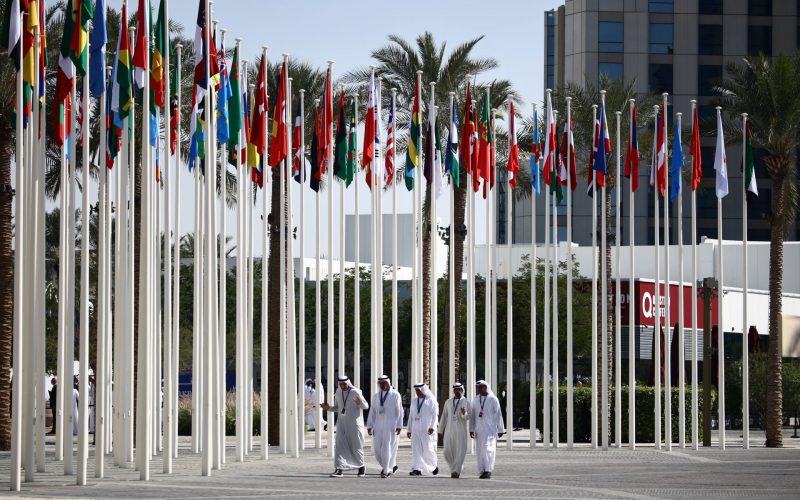Summary
- The SADC region is increasingly using technology, including facial recognition and biometric databases, which raises concerns about potential infringements on digital rights.
- Apart from initiatives at the AU level, SADC has not been very proactive in developing a clear regional strategy for digital rights protection. However, it has been successful in developing several strategic documents and frameworks through the HIPSSA project, which shaped the digital rights discourse.
- The ‘right to Internet access’ is a foundational basis that facilitates the enjoyment of other fundamental social, cultural, economic, civil and political rights. Without access to the Internet, people cannot fully leverage the potential of a digital society.
- Africa finds itself in the middle of ongoing digital geopolitical competition among global superpowers with a vested interest in a piece of ‘the African digital pie’. Therefore, African governments need to be strategic in managing these different investment interests in a way that brings inclusive and sustainable economic development to the continent.
- Due to the rise in youth populations, SADC is poised to witness an accelerated deployment of artificial intelligence (AI) across various sectors. With the upcoming 2024 presidential elections in South Africa, Namibia, Mozambique, Mauritius, the DRC and the Comoros, there is a sense of urgency for SADC to proactively take steps to deal with the risks of AI.








